News Center |
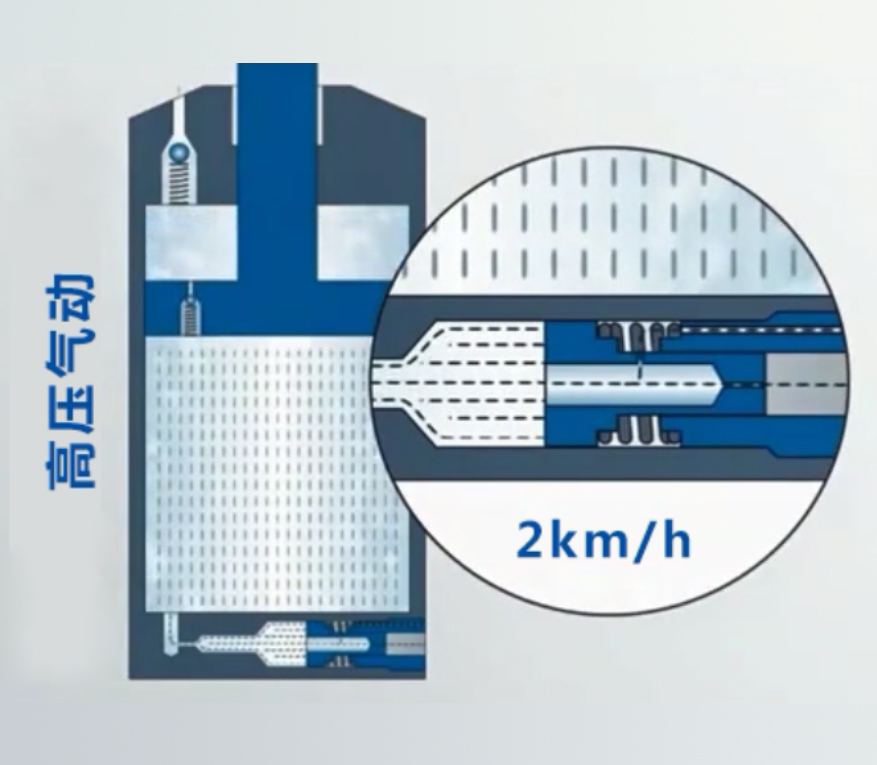
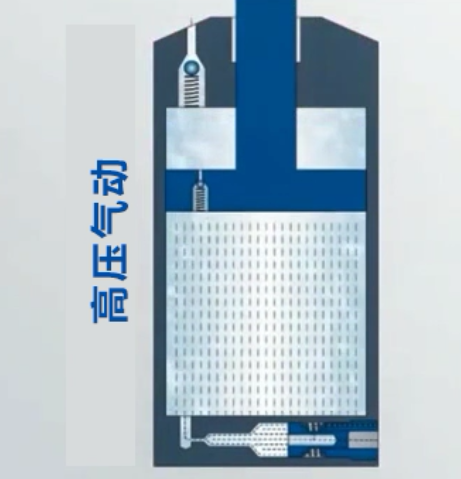
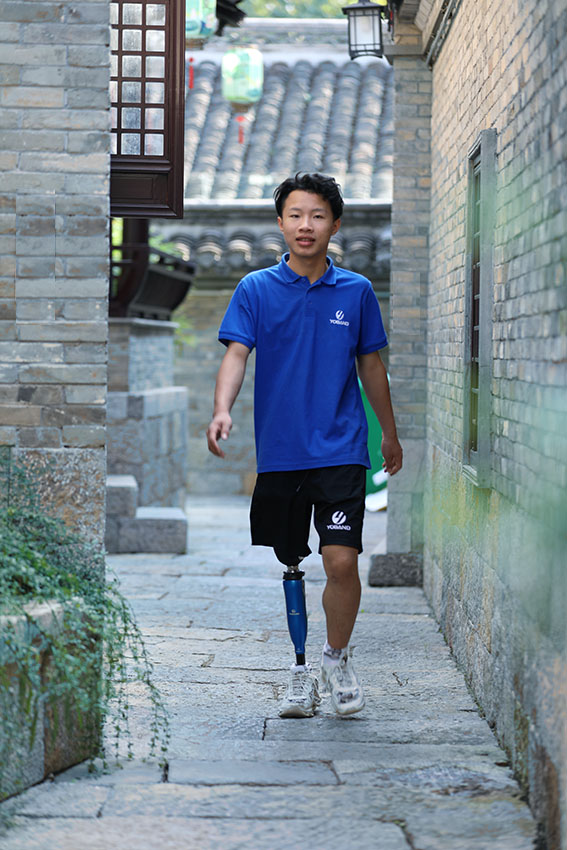
Whether hydraulic or pneumatic knee joint is a passive prosthesis, which is to walk through the leg stump to drive the leg swing.
Gait adjustment can be realized by adjusting damping force of knee joint according to external conditions.
Because the control mode is relatively simple, the difficulty of implementation is relatively small, and the energy consumption is relatively low, it is widely used.
Knowing how they work, I'm sure many amputees want to know, which is better, pressure or hydraulics?
In fact, there is no better or best, the most suitable for their own is the most important!
Since the density of the liquid medium is much greater than that of the gas medium, the liquid can be approximately regarded as incompressible.
This makes a big difference between the two: the hydraulic cylinder can provide more power damping, which is especially suitable for amputees with moderate to high muscle strength and moderate to high activity;
In contrast, pneumatic cylinders provide less damping and are suitable for amputees with low muscle strength, moderate, low mobility, and moderate levels of activity.
Hydraulic and pneumatic knee joints are not strictly superior, but should be fitted according to the individual amputee.
There is no best knee joint, only the most appropriate choice!
Some patients may ask, "I am a new amputee with unstable stump. Is there a knee joint that can accommodate different levels of motion at the same time?"
Here, YOBAND is going to introduce a special hydraulic knee joint: 3K190.
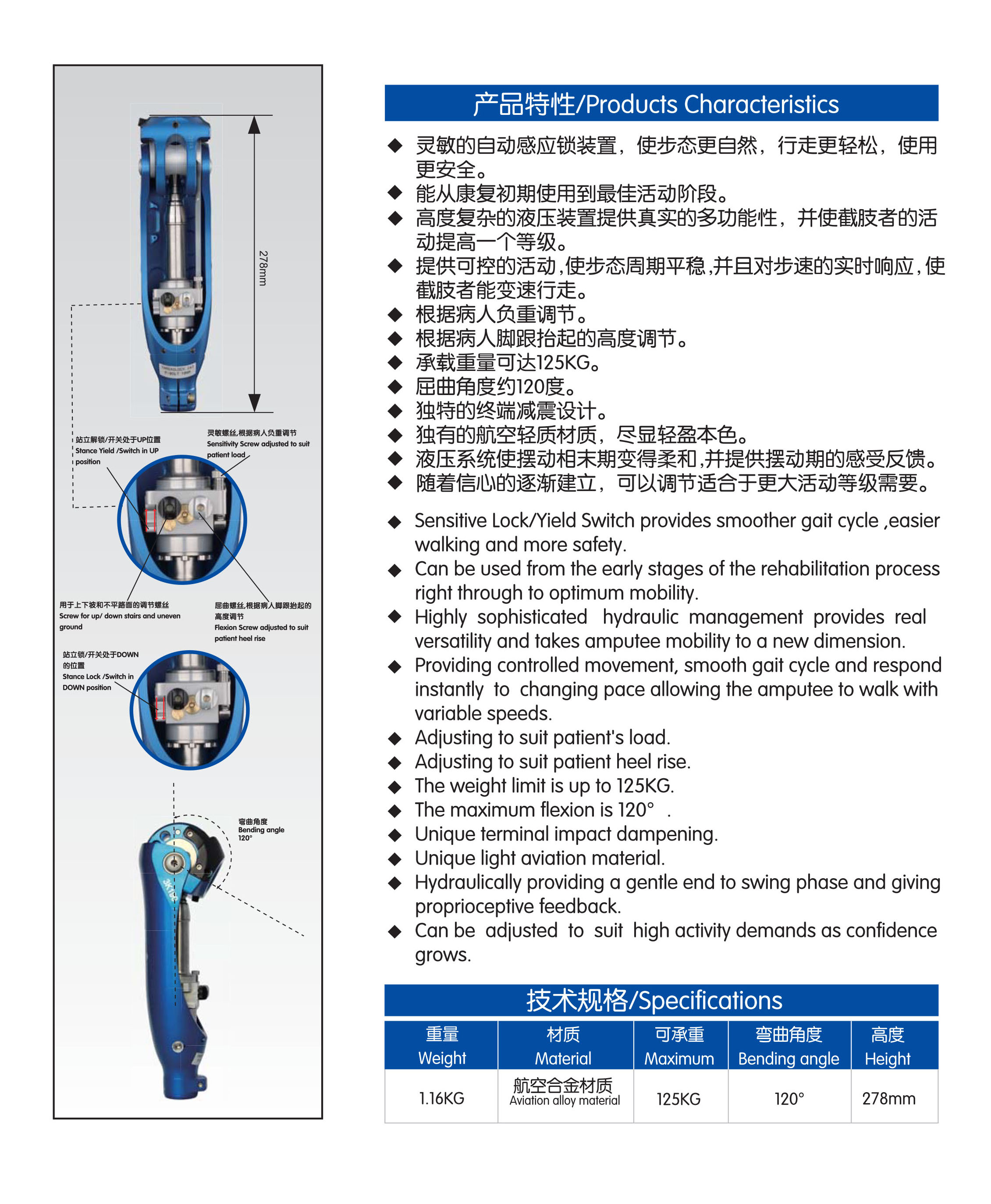
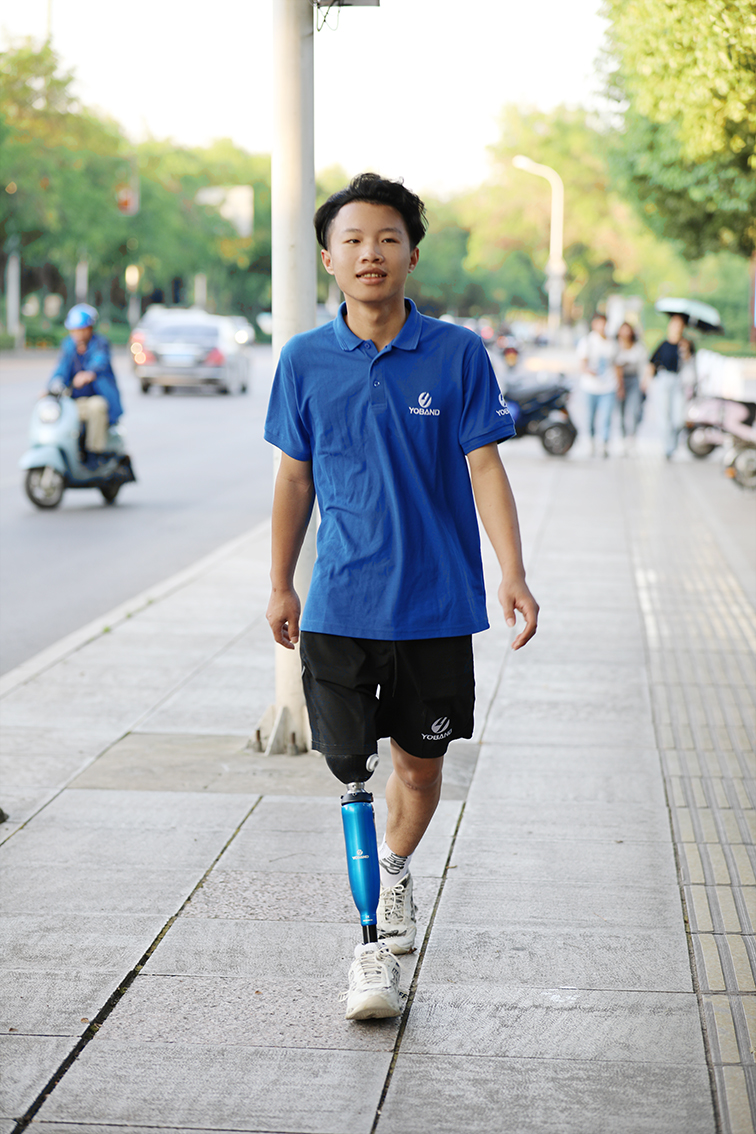
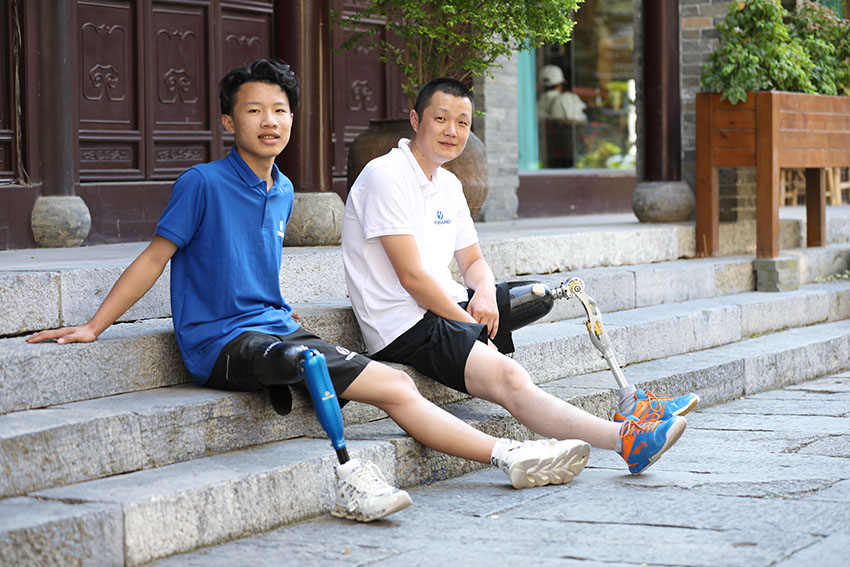
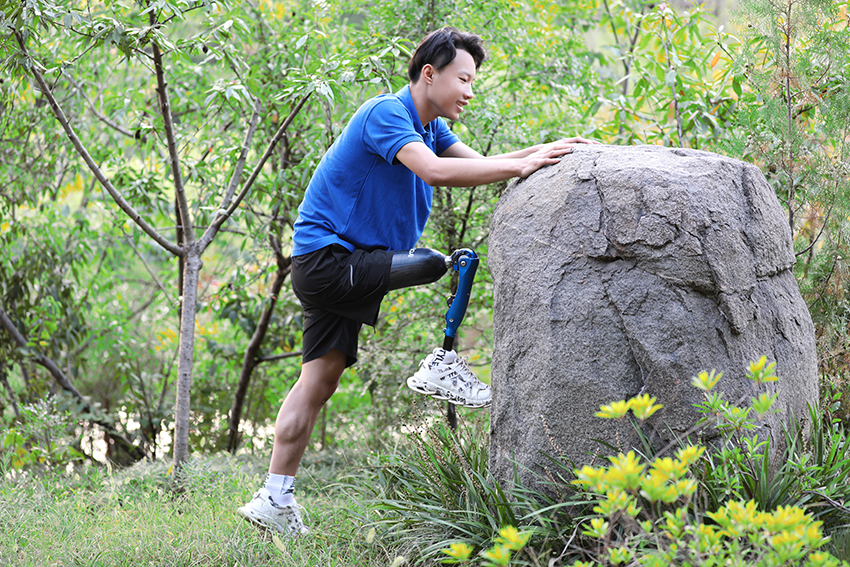
Copyright © 2015 USA-YOBAND. All Rights Reserved 沪ICP备09003269号